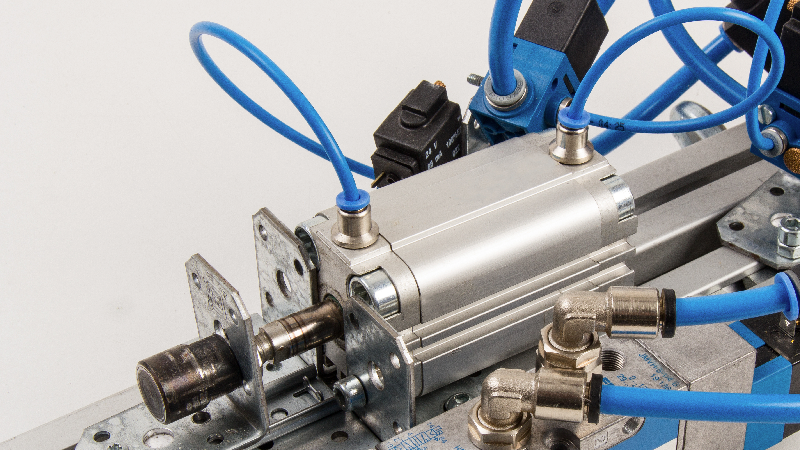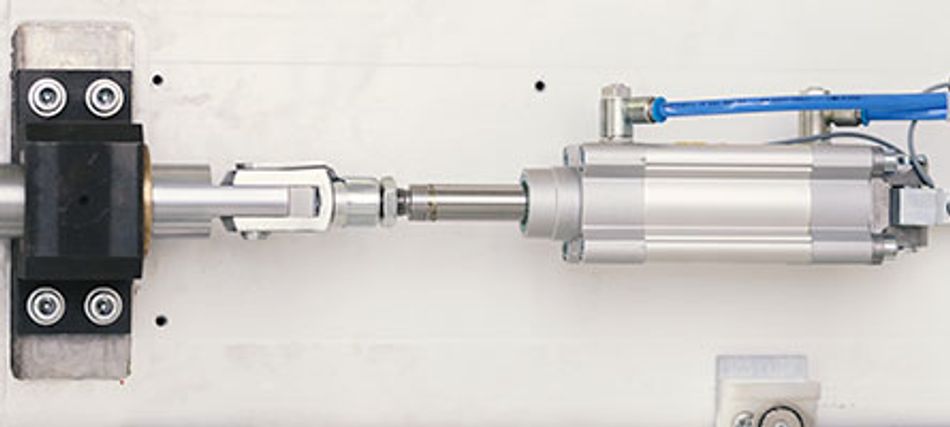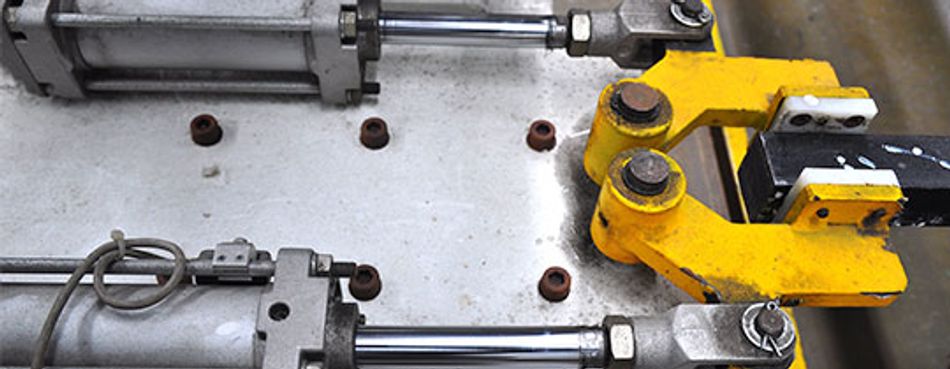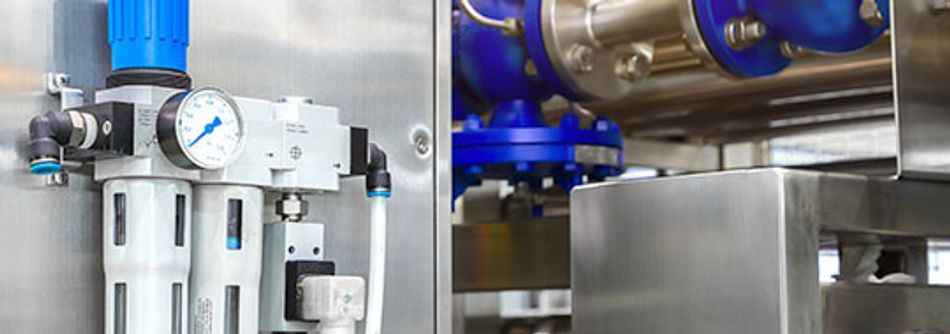Why Do Pneumatic Cylinders Fail?
Has your pneumatic cylinder failed? All mechanical devices have an expected service life and manufacturers of such equipment determine these values by long-term tests.

Why Do Pneumatic Cylinders Fail?
Tags
This article was first published on
www.rowse-pneumatics.co.ukWhen your cylinder fails unexpectedly, it can cause downtime in production and potentially create dangerous situations for both the machine operator and the machine.
As the automation of equipment and processes continues to grow, pneumatic cylinder technology is being used by engineers to automate their machines more and more.
1. Incorrectly Specified
It may seem obvious but by not correctly specifying a pneumatic cylinder will significantly increase the chances of a failure on your machine.
Often cylinders are incorrectly sized for the load or stroke length they are required to move or the environment in which they will operate.
For more information on sizing pneumatic cylinders, see our guide on how to choose the right pneumatic cylinder.

2. Pneumatic Cylinder Side Loading
Sideloading is possibly the most common cause of failure for pneumatic cylinders; side loading occurs when pressure is applied laterally to the axis of the cylinder, this unbalanced pressure can lead to some conditions that result in a cylinder failure.
The problems generated by sideloading include;
- Cylinder barrel (tube) scoring.
- Uneven or rapid piston rod extension or retraction.
- Rapid bearing wear.
- Seal failure.
Sideloading can result from incorrect cylinder installation, a cylinder exposed to sideloading can often be repaired and put back into service ensuring correct installation.
3. Insufficient Lubrication
The continued lubrication of components in a pneumatic system is vital for problem-free operation. Many manufacturers lubricate components for the expected life cycle of the product and do not require additional lubricators.
It is important to remember once external lubrication is used its use must not stop or be interrupted.
Incorrect lubrication of cylinders can cause issues with the seals of cylinders causing them to dry out and fail.
4. Contamination
Contamination of the pneumatic air supply is another common cause for a cylinder to fail. Contaminants are likely found in the pneumatic air supply to the cylinder or introduced from the environment.
Examples of contaminants in the pneumatic include but are not limited to; particulate matter, water and oil. Contaminants can cause issues with restricting the free movement of air by blocking operating parts which may lead to reduced function or total failure.

5. Synchronisation Issues
Modern machines often have complex movement systems and require multiple cylinders to move in properly synchronised order. Synchronisation methods can vary, but all must be managed and maintained to ensure correct operation.
Pneumatic cylinders falling out of synchronisation will result in the machine not operating correctly and increases the chances of a cylinder failure. Faults caused by synchronisation issues often result in the replacement or repair of the cylinder along with rectifying the error in the synchronisation method.

6. Exceeding Operational Limits
Sometimes a pneumatic cylinder can be sized and installed correctly, however, overtime engineers and operators may change the original design parameters without investigating if the components can handle the change.
Loads are often increased to support new tooling or new workpieces, excessive loads to cylinders can affect the internal components which can become stressed, resulting in reduced performance and can fail in some cases.
Companies operating an effective preventative maintenance schedule must also ensure that the machines designed operational parameters remain constant, not only for pneumatic cylinders but also for other control and automation components.
Preventative Maintenance for Pneumatic Cylinders
Pneumatic cylinders can never be guaranteed not to fail. However, by following our tips, you can reduce the chances of a pneumatic cylinder fault:
- Installation. Correct installation of the cylinder by following correct industry standards and following the manufacturer's installation instructions. Always ensure the correct tools and accessories used.
- Fittings. Introduction of contaminants through the pneumatic fittings, ensure that fittings used are correctly sized and fitted. Rusted and incorrectly sealed fittings are a frequent cause of contamination.
- Filters. An often overlooked maintenance practice, ensure filters are regularly changed according to the manufacturer's data to ensure optimum protection for your pneumatic components.
- Torque. Always read the manufacturers recommendations about correct torque settings, over-torquing can be as detrimental as under-torquing.
This article was originally posted at https://www.rowse-pneumatics.co.uk/help-advice/why-do-pneumatic-cylinders-fail/
Tags